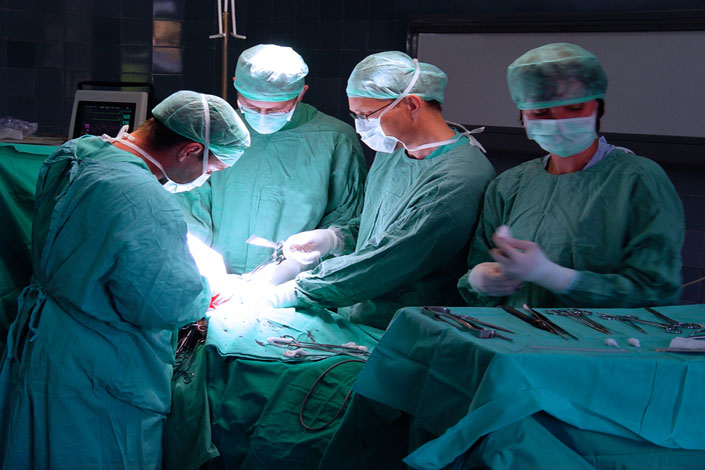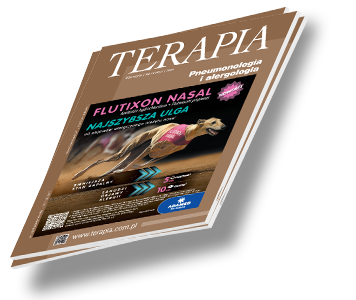Nefrologia i transplantologia Terapia 2019, 2 ( 373 ) : 2 - 10
Zakażenia CMV po przeszczepieniu narządów
Cytomegalovirus infection in transplant recipients
Wirus cytomegalii (CMV) należy do najważniejszych patogenów infekcyjnych u biorców przeszczepów narządowych i stanowi istotny problem ze względu na bezpośrednie ryzyko wywołania choroby oraz wywierane efekty pośrednie, co wpływa niekorzystnie na przeżycie pacjentów i czynność przeszczepionego narządu. Mimo istotnego postępu, jaki dokonał się w diagnostyce i leczeniu zakażenia CMV, udoskonalenia diagnostyki molekularnej i immunologicznej, zmniejszenia częstości zakażenia CMV oraz świadomości metod terapeutycznych, infekcja CMV pozostaje ważnym problemem klinicznym u biorców narządów. Dlatego infekcja CMV wymaga szybkiej diagnostyki, monitorowania, profilaktyki i skutecznej terapii przeciwwirusowej (1).

Zaloguj się i przeczytaj bezpłatnie całą treść artykułu.
Nie masz jeszcze konta dostępowego?
Zarejestruj się bezpłatnie, a otrzymasz:
* dostęp do wszystkich doniesień oraz pełnych tekstów artykułów naukowych w naszej Czytelni,
* prawo do bezpłatnego otrzymywania newslettera "Aktualności TERAPIA" z przeglądem interesujących i przydatnych wiadomości ze świata medycyny oraz systemu ochrony zdrowia w Polsce i na świecie,
* możliwość komentowania bieżących wydarzeń oraz udziału w ciekawych quizach i konkursach.
Zapraszamy serdecznie, dołącz do naszej społeczności.



Dodaj komentarz